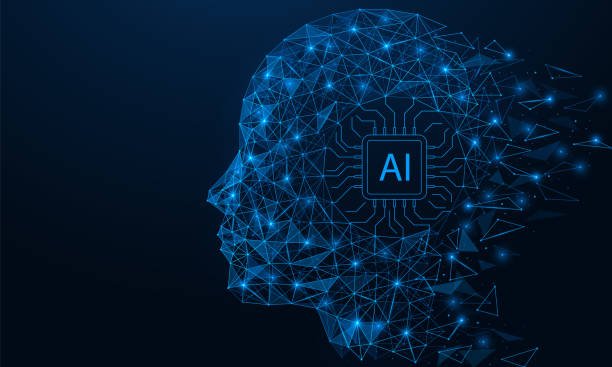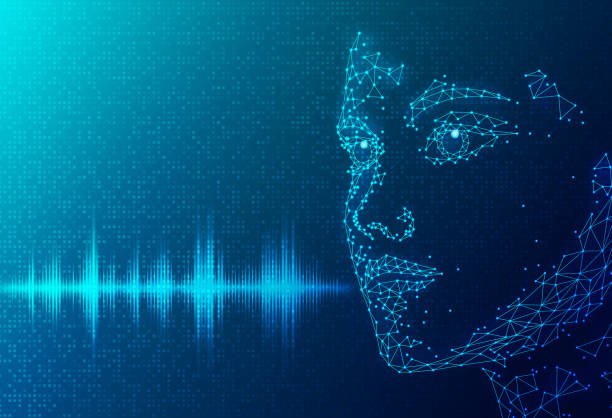Presentation: Artificial Intelligence
Artificial intelligence (computer-based intelligence) has arisen as one of the most extraordinary advances in recent memory, changing ventures, molding economies, and essentially modifying the manner in which we live and work. With its fast advancements and consistently growing applications, artificial intelligence has become an imperative piece of our cutting-edge world. In this article, we will investigate the entrancing universe of man-made reasoning, digging into its set of experiences and current abilities, and rethinking its future potential. From self-driving vehicles to medical care diagnostics, computer-based intelligence is preparing for another period of development and effectiveness.

Grasping man-made consciousness
Ai alludes to the improvement of PC frameworks that can perform assignments that normally require human knowledge. These errands incorporate thinking, critical thinking, learning, discernment, language understanding, and even independent direction. The central goal of computer-based intelligence is to make machines that can emulate human mental capabilities, empowering them to break down tremendous amounts of information, perceive examples, and pursue informed choices.
The historical backdrop of artificial intelligence
The underlying foundations of computer-based intelligence can be traced back to antiquated fantasies and legends of machines pervaded with human-like characteristics. Nonetheless, the conventional improvement of simulated intelligence as a field of study started during the twentieth century. In 1956, the Dartmouth Studio marked a critical achievement by uniting driving researchers to investigate the potential outcomes of making keen machines. This occasion is often thought of as the introduction of computer-based intelligence as a discipline.
Early simulated intelligence research zeroed in on emblematic AI, which included utilizing rules and rationale to imitate human manners of thinking. Nonetheless, progress was delayed because of the restricted processing power accessible at that point. It was only after the advent of AI and brain networks in the 21st century that computer-based intelligence started to make critical leaps forward.
The ascent of AI
AI is a subset of computer-based intelligence that enables frameworks to gain and improve on a fact without being expressly modified. This change in outlook changed computer-based intelligence from rule-based frameworks to information-driven models fit for taking care of mind-boggling assignments. The advancement of strong equipment, combined with tremendous datasets, has pushed AI higher than ever.
Perhaps the most imperative accomplishment in the domain of AI is profound learning. Profound brain organizations, enlivened by the human cerebrum, have altered undertakings, for example, picture acknowledgment, regular language handling, and discourse acknowledgment. This advancement has prepared for the improvement of virtual individual collaborators like Siri and Alexa, as well as independent vehicles, and that’s just the beginning.

Utilization of computer-based intelligence
AI impact reaches out across a large number of ventures, making it perhaps one of the most flexible and problematic innovations. Here are a few key spaces where computer-based intelligence is having a tremendous effect:
- Healthcare: Artificial intelligence-fueled demonstrative frameworks can break down clinical pictures, recognize peculiarities, and aid infection analysis. AI models can foresee patient results and even guide drug disclosure.
- Finance: simulated intelligence calculations are utilized in financial exchange, extortion identification, and credit risk appraisal. Chatbots and menial helpers upgrade client care in the monetary area.
- Transportation: Self-driving vehicles and independent robots are altering transportation. Computer-based intelligence frameworks enhance traffic streams, diminish mishaps, and work on general security.
- Manufacturing: simulated intelligence-driven robots and robotization frameworks improve proficiency and efficiency in assembling plants. Prescient support decreases margin time and expenses.
- Retail: Artificial intelligence is utilized for customized advertising, request determination, and stock administration. Chatbots give all-day, every-day client assistance.
- Education: Artificial intelligence-driven stages offer customized opportunities for growth, adjust to individual understudy needs, and give important bits of knowledge to instructors.
- Entertainment: computer-based intelligence calculations suggest motion pictures, music, and content customized to individual inclinations. Computer-based intelligence-produced workmanship and music are acquiring notoriety.
- Agriculture: artificial intelligence-controlled robots and sensors screen crops, streamline the water system and improve crop yield expectations.
Challenges and Moral Contemplations
Notwithstanding its massive potential, artificial intelligence likewise presents difficulties and moral worries. A portion of the main points of contention include:
- Bias and Decency: Artificial intelligence frameworks can acquire predispositions present in the information used to prepare them, prompting uncalled-for and oppressive results.
- Job Relocation: Computerization driven by artificial intelligence can prompt work removal in specific enterprises, requiring a change in labor force abilities.
- Privacy Worries: The assortment and examination of huge amounts of individual information raise worries about protection and information security.
- Accountability: Deciding liability on account of computer-based intelligence-related mishaps or blunders can be challenging.
- Ethical Navigation: computer-based intelligence frameworks should be customized to pursue moral choices, which can be an intricate undertaking.
- Regulation: Finding some kind of harmony among development and guidelines is significant to outfit artificial intelligence’s true capacity while guaranteeing moral use.
End
Artificial intelligence has progressed significantly since its origin, developing from representative artificial intelligence to information-driven AI and profound learning models. Its applications are expansive, changing enterprises and improving our day-to-day routines. From medical services and money to transportation and diversion, computer-based intelligence is molding the fate of innovation.
As we push ahead, it is vital to address the moral and cultural difficulties presented by simulated intelligence. Guaranteeing reasonableness, responsibility, and straightforwardness in simulated intelligence frameworks is significant for their dependable arrangement. Moreover, legislatures and associations should team up to foster administrative structures that find some kind of harmony among advancement and moral contemplations.
Artificial intelligence isn’t simply a mechanical upheaval; a cultural and social shift requires a cautious route. With dependable turns of events and moral use, computer-based intelligence can possibly drive uncommon advancement and work on personal satisfaction for individuals all over the planet. As we keep on investigating the boundless conceivable outcomes of artificial intelligence, one thing is clear: what’s to come is artificial intelligence-fueled, and it vows to be both energizing and extraordinary.
FAQS
- What is man-made consciousness (artificial intelligence)?
- Computer-based intelligence alludes to the advancement of PC frameworks that can perform errands requiring human insight, for example, critical thinking, learning, and direction.
- How does artificial intelligence work?
- Artificial intelligence frameworks work overwhelmingly on information, recognizing examples, and utilizing calculations to decide or set expectations in light of that information.
- What are the various kinds of artificial intelligence?
- Simulated intelligence can be classified into three kinds: restricted artificial intelligence (or fragile computer-based intelligence), general artificial intelligence (or solid simulated intelligence), and fake genius. At present, most simulated intelligence frameworks are limited artificial intelligence, intended for explicit assignments.
- What are a few true uses of artificial intelligence?
- Artificial intelligence is utilized in different fields, including medical care (diagnostics and medication disclosure), finance (algorithmic exchanging and extortion recognition), transportation (self-driving vehicles), and client support (chatbots and menial helpers).
- What is AI, and how can it connect with artificial intelligence?
- AI is a subset of computer-based intelligence that includes preparing calculations to gain information and work on it after some time. It is a vital innovation in the field of artificial intelligence.

13 thoughts on “Artificial Intelligence: Molding the Fate of Innovation 2.0”